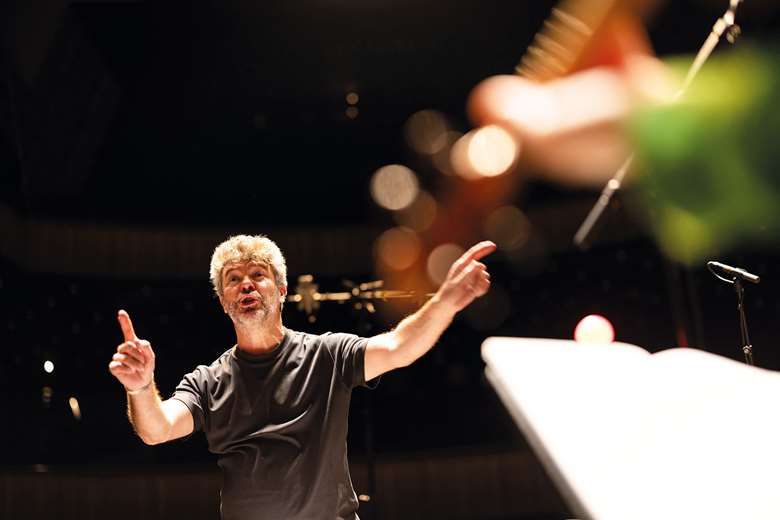Inside Bruckner’s Fourth Symphony with Pablo Heras-Casado
Mark Pullinger
Friday, August 9, 2024
Pablo Heras-Casado talks to Mark Pullinger about recording Bruckner on period instruments

Register now to continue reading
Thanks for exploring the Gramophone website. Sign up for a free account today to enjoy the following benefits:
- Free access to 3 subscriber-only articles per month
- Unlimited access to our news, podcasts and awards pages
- Free weekly email newsletter







